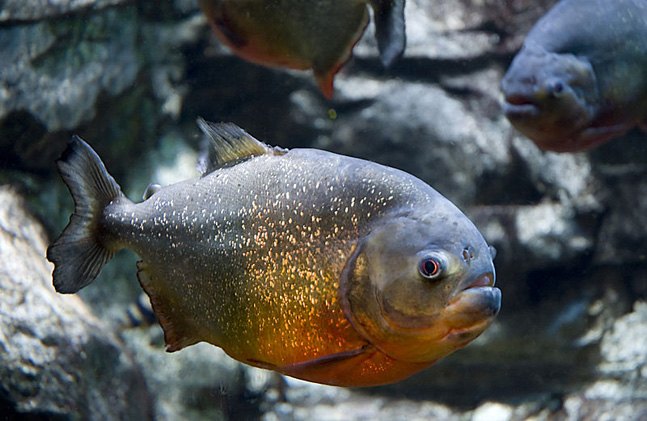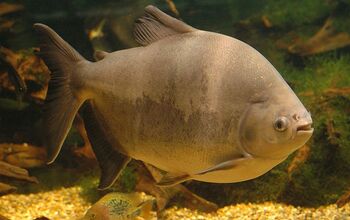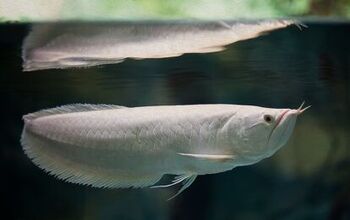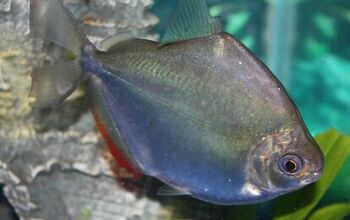454 Views
Piranha

by
Amy Tokic
(IC: )
Published: November 19th, 2013

About Piranha
Group
Freshwater
Size
Medium to large
Temperament
Aggressive
Aquarium Size
Large (50+ gal)
Swimming Region
Middle
Fish Water Condition
Difficulty Of Care
Top Breed
10
Suitable Tank Mates
Tetras, Guppies, Other piranhas of the same species
Piranha General Description
Although commonly thought of as a schooling species of fish, research has shown that piranhas only school as a means of protection from larger species of fish that prey on them. Piranhas appreciate aquariums with heavy plant growth and ample hiding spaces. Different species of piranha vary from 8-18 inches in length when fully grown and should be kept alone or in large groups of four or more in very large aquariums. When cramped for space, these fish can turn extremely jumpy and start attacking each other. While some aquarists are known to have successfully raised piranha with other larger species of fish and sometimes smaller species like tetras and guppies, it is never a foolproof strategy. While they can often be tolerant of extremely large or extremely small tank mates, they can also attack easily when feeling threatened or starved. Care should be taken when cleaning the aquarium as they can easily remove large chunks of flesh with a single bite.

Amy Tokic
Amy Tokic, Editor of PetGuide.com, is a passionate animal lover and proud pet parent of Oscar, a Shih Tzu/Chihuahua cross, and Zed, a Japanese Chin. Her love of animals began in kindergarten, when she brought her stuffed dog Snoopy into class with her every day. Now, she writes about her adventures in pet ownership and tirelessly researches products, news and health related issues she can share with other animal enthusiasts. In her free time, Amy loves perusing used book and record stores, obsessing over the latest pet products available and chasing squirrels with wild abandon (a habit attributed to spending too much time with her pooches).
More by Amy Tokic
Published November 19th, 2013 12:00 AM
























